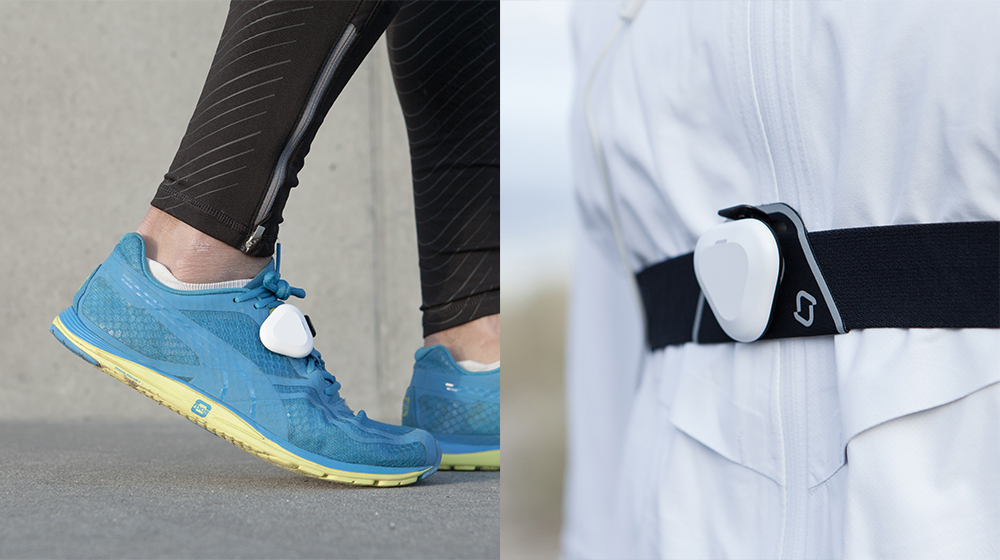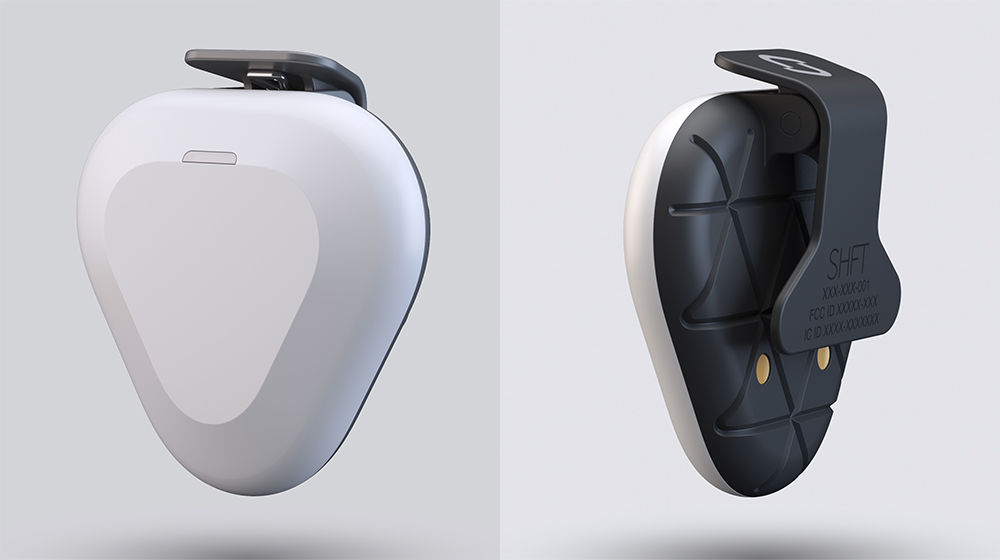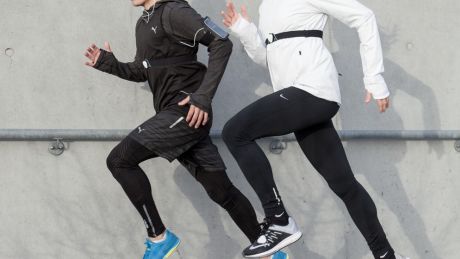You can trust Coach
The transition from casual runner to running obsessive can happen remarkably quickly. One minute you’re heading out for a weekly jog in a mouldy old T-shirt and trainers you last used at school, the next you’re decked out head-to-toe in sweat-wicking clothes and shoes that contain more technology than your smartphone.
Once the change occurs, running stops being only about keeping fit and becomes all about times. And when your life is ruled by PBs and splits and how you can improve them, it’s inevitable that eventually you’ll start to look for expert advice, because getting better at running is not just about doing more of it – it’s about moving in the right way.
At this point the options used to be joining a running club, reading online guides and running tips, or hiring a coach if you really got serious. Now the 21st century has come up with a fourth option: the SHFT virtual running coach.
SHFT comes with two sensors called pods, one of which attaches to a chest strap and one of which goes on one of your trainers. These communicate with an app to assess your running style and suggest ways to make it more efficient, so you can run faster and further, and reduce your risk of injury.

The coaching can cover a huge number of issues – your foot’s landing position, time in contact with the ground, body bounce, body angle, and so on. You won’t know what any of it means at first, but the app and website are informative, as is the live coach, with each explaining exactly why each factor is important for good running.
Runs with SHFT consist of a five-minute warm-up and three six-minute technical sections (with two-minute gaps in between) during which you are coached through headphones.
SHFT decided I needed to focus on my contact time with the ground – essentially, to get my feet off the floor quicker. This would increase the amount of steps taken, reduce the strain on my body and improve my running efficiency.
Sign up for workout ideas, training advice, reviews of the latest gear and more.
As I ran, the voice in my headphones would keep me updated on my progress, throwing in tips to help. I found the margins pretty fine – the target was to reduce my time in the contact with the ground from my average of 275 milliseconds in session one to between 247 and 267 milliseconds.
As the sessions went on, SHFT continued to work on this and I gradually nudged the contact time down. It was frustrating at times; a few milliseconds here or there did not seem like a big deal, but SHFT was adamant that I needed to GET OFF THE GROUND. It also provided drills to do between sessions that would help, such as high kicks and butt kicks. (Not as much fun as they might sound.)

You have no real choice but to take SHFT’s advice at face value. That’s the same as with any coach, but it’s a tad harder with a digital one. However, the explanations of each aspect of running are thorough, and SHFT also helpfully breaks down common running injuries and their causes on the web. The wealth of information makes it easier to trust the tiny white pods that know an alarming amount about you after just one run.
Eventually I managed to lower my ground contact time in line with SHFT’s expectations most of the time I was running. I am a very slightly faster runner and I have had no injuries since, but I’m also running far more than ever before, so it’s not clear whether SHFT deserves all the credit.
SHFT is a piece of gear for serious runners – no casual jogger is going to spend hours agonising over ground contact time or their exact landing angle – and it’s priced as such. It’s a good investment for very keen amateur athletes who love stats and want to make improvements to their running style without actually paying for sessions with a coach. £259.99, buy on sportsshoes.com
RECOMMENDED: Oakley Radar Pace Review – Smart Tech To Boost Your Training

Nick Harris-Fry is a journalist who has been covering health and fitness since 2015. Nick is an avid runner, covering 70-110km a week, which gives him ample opportunity to test a wide range of running shoes and running gear. He is also the chief tester for fitness trackers and running watches, treadmills and exercise bikes, and workout headphones.

